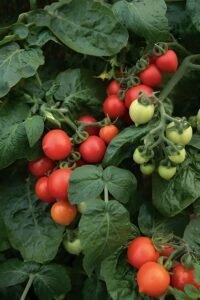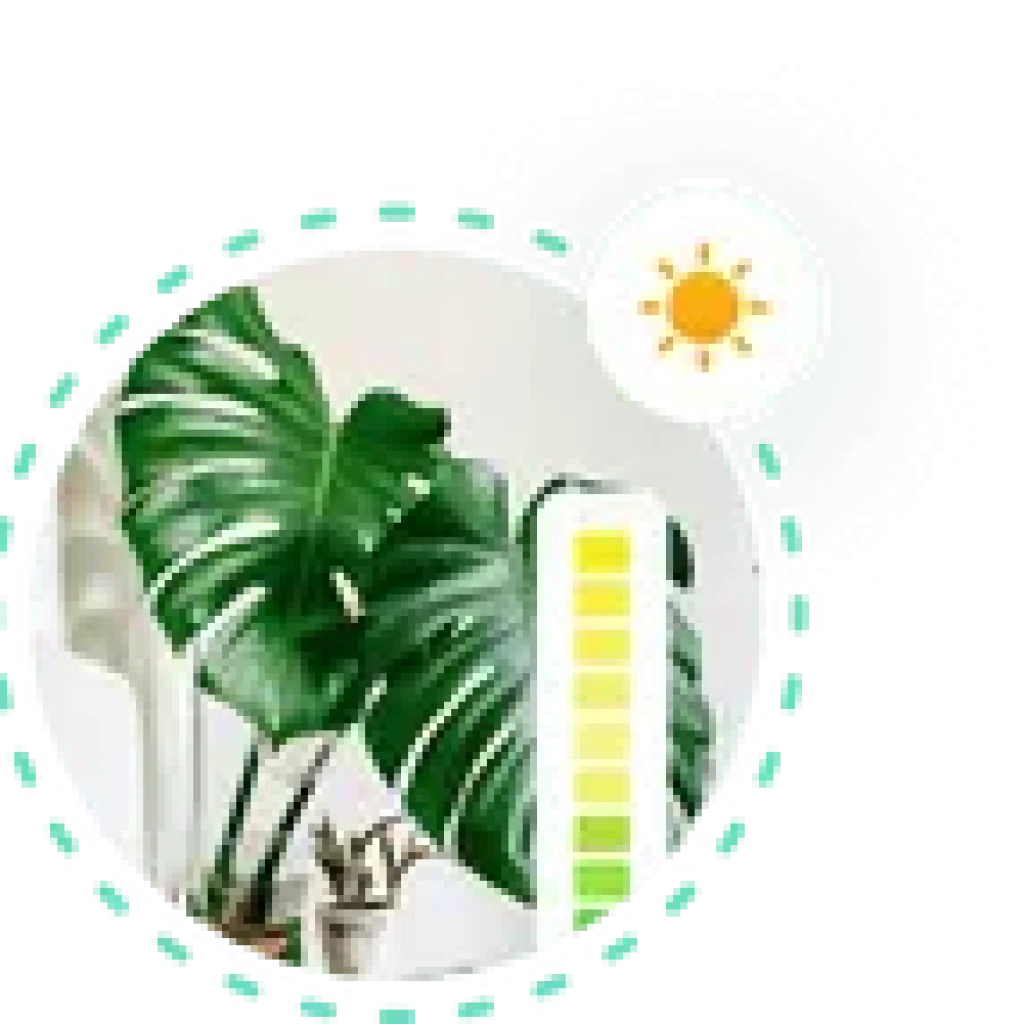Tomatoes: definition, how to grow them, diseases, care for them
Introduction to tomatoes
A flowering plant of the Solanaceae family, it is widely cultivated for its edible fruits. The leaves are somewhat hairy, strongly scented, and pinnate, up to 45 cm (18 in) long. The five-petaled flowers are yellow, 2 cm wide

Basic care guide
There are many types:
- Beefsteak tomato Among the largest fruits, it has a juicy, meaty texture and classic flavour.
- Campari Tomatoes: Also known as vine tomatoes. The fruits have low acidity, an exceptionally sweet flavor and a juicy texture. Good for snacks and salads
- Pear tomatoes: Small, pear-shaped fruits that have a mild sweet flavor and a juicy texture.
- Plum tomatoes: The water content is low and the texture is firm. The fruits are soft in taste, medium in size, and oval in shape.
- Grape Tomatoes: Similar to plum tomatoes but smaller, the oval-shaped fruits grow in clusters similar to cherry varieties but have a thicker, fleshier texture and a milder flavor. Good for snacks, salads and kebabs
- Cherry tomatoes: Small, round fruits that grow in clusters and are characterized by their juiciness and sweet taste.
- Original home : Western South America
- Nickname : The word tomato comes from the Spanish word tomat, which in turn comes from the Nahuatl word tomatl meaning “swollen fruit”; “Fatty water” or “fat thing.”
- Platoon Solanaceae

Suitable lighting for him:
You need at least six hours to produce fruit, but eight or more hours of sun will produce the best results in terms of the number of tomatoes you get.
- Suggested use:
- The fruits are commonly eaten raw in salads, served as a cooked vegetable, used as an ingredient in many prepared dishes, and pickled. In addition, a large percentage of the world's tomato crop is used for manufacturing; Products include canned tomatoes, tomato juice, ketchup, puree, paste, and “sun-dried” tomatoes or dried pulp.
- Climbing tomato plant vines will quickly form a natural canopy to protect your plants that are more sensitive to heat and light. Provide a trellis or support system to allow the vines to grow upward and keep new growth off the ground
The amount of water needed
- Tomato plants need 1 to 2 inches of water per week
- Check soil moisture at the first sign of wilting
- Always water at soil level
- Water deeply and slowly
- Avoid wetting the leaves and stems in the upper part
- Water in the morning. Late afternoon is best for a second watering.
- Use straw mulch to reduce evaporation and improve moisture retention
- Water daily for good root development
Suitable living conditions
Warm-season crops love the sun and do not tolerate frost.
- Suitable planting time:
The tomato growing season begins at the end of spring or beginning of summer
- Tomato plants will grow well in well-drained sites that receive full sun most of the day. The soil pH should be slightly acidic (6.2 to 6.8).
- It is preferable to add organic fertilizers to the soil if the soil is clay, because it does not like clay soil.
- How to plant seeds
- Tomato seeds can be planted in small pots. It is recommended to plant two tomato seeds in each pot about 3-6.3 mm deep, then place the pots in a warm place where temperatures range from 21-27 Celsius. It is recommended to place the pots above the refrigerator or other appliances that generate heat from Operation, to enhance the plant growth process, it is expected that tomato seeds will germinate within one to two weeks, as low temperatures prolong the growth period, while high temperatures reduce it.
- Move tomato seedlings from the heat source as soon as they germinate, and place them in another warm place, with bright light and moist soil. It is recommended to water the plants from below, or water them from above, taking care not to let the water touch the new sprouts.


Find out what light your plants are actually getting.
Find the best locations for them to improve their health, simply using your phone.
- Early blight: pruning and fungicides
- Anthracnose: small, sunken, water-soaked spots on ripe fruit. Fungicides are used as a means of prevention.
- Bacterial spot: The appearance of irregular brown or black spots near leaf margins, on stems or fruit. Copper fungicides are applied.
- Southern blight Stem lesions at or near the soil line, treatment: solarization, fungicides, biofungicides, soil fumigation

Flowering stage
- Small tomato flowers generally bloom in early summer.
- The tomato tree blooms between May and September in the Northern Hemisphere, and between November and March in the Southern Hemisphere.
- The tomato plant blooms a month after planting the plant in the ground.
- The flowers of a tomato plant appear when the plant is between 30.4 and 45.7 cm tall.
- Plant height :
Tomato plants typically grow to a height of 1-3 meters (3-10 ft).
Pruning
- The time to prune tomato plants is when you first see the flowers blooming. The timing might be around June or July. Continue pruning once or twice every two weeks until harvest time
- It is also best to prune early in the morning on a dry day so that the wounds heal easily
- Remove or stake long branches
- Remove the lower leaves from tomato plants. The lower and older leaves may have picked up fungal spores from the ground so removing them is important
Fruiting stage
Tomatoes take from 60 days to more than 100 days to harvest, depending on the variety.
- Tomatoes benefit from fertilization immediately before planting, at planting, before flowering, and when the fruits are small.
- Planting time: Fertilizers with a higher nitrogen content, such as 20-10-10, can be used to support plant foliage and healthy growth.
- A good time to use a fertilizer with a higher P value, such as 5-15-5, is two weeks before flowering.
- When the first fruits are small—about the size of a golf ball—applying a balanced fertilizer maintains adequate nutrition for continued healthy growth and fruit development.



